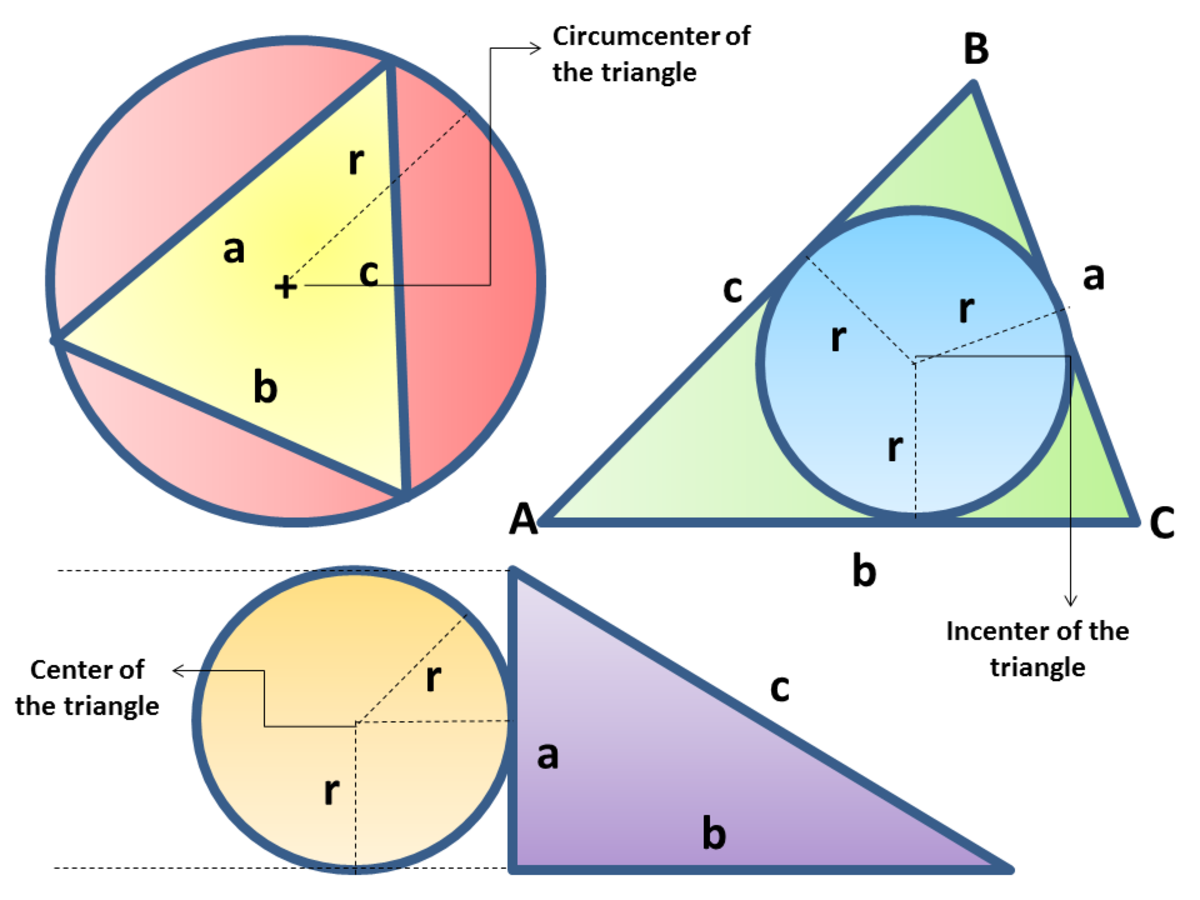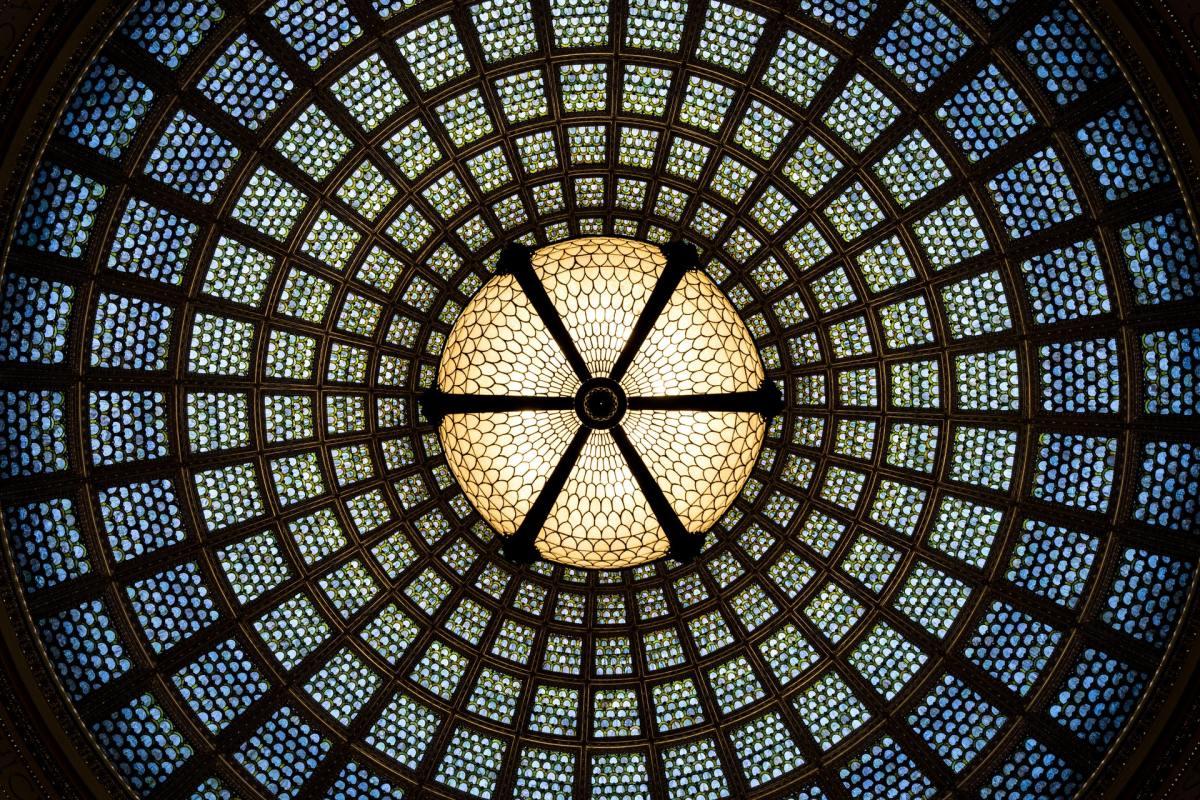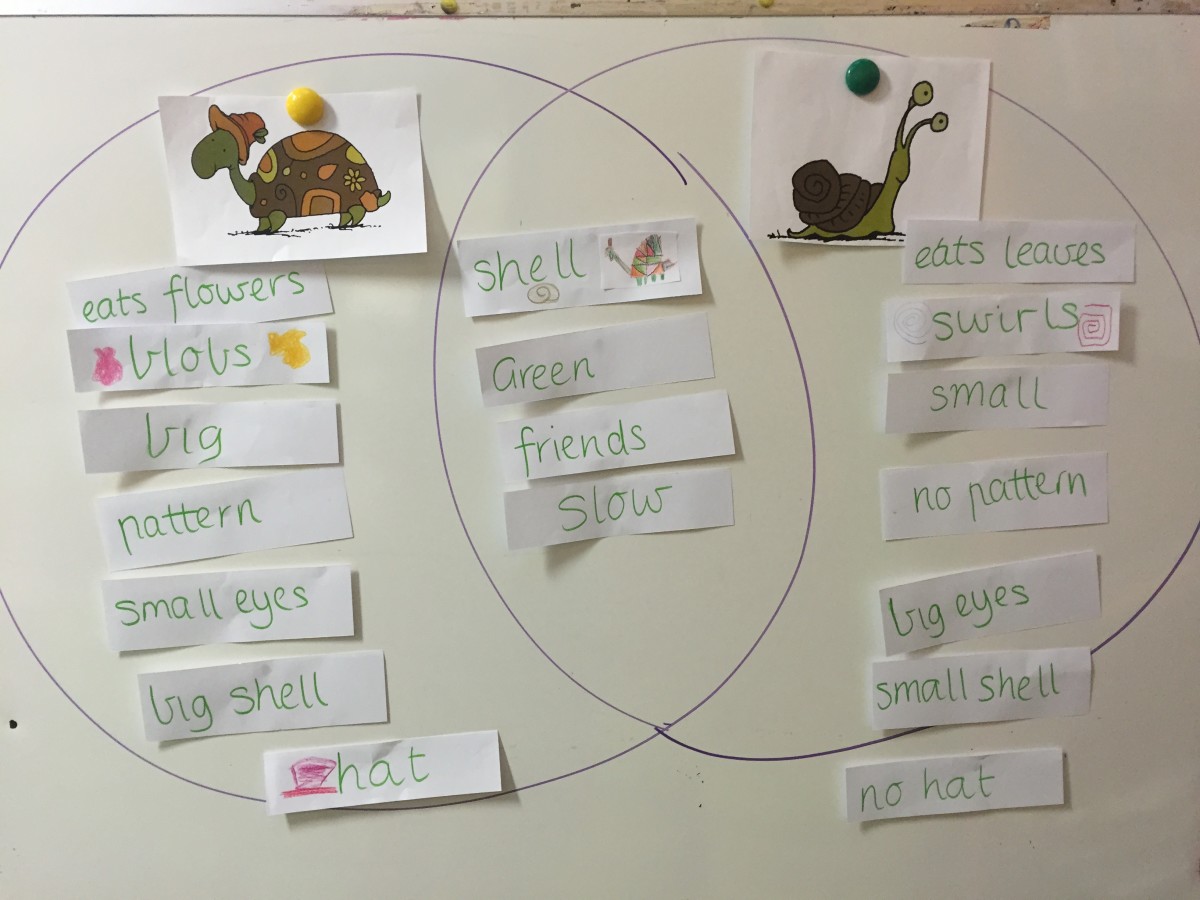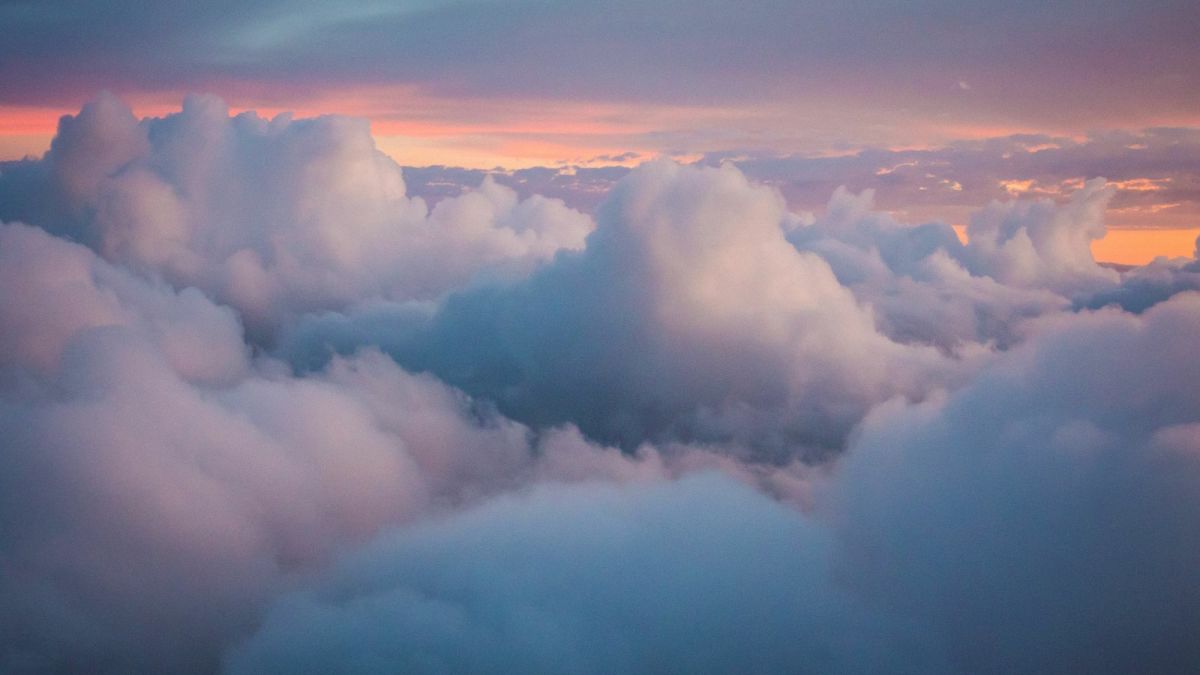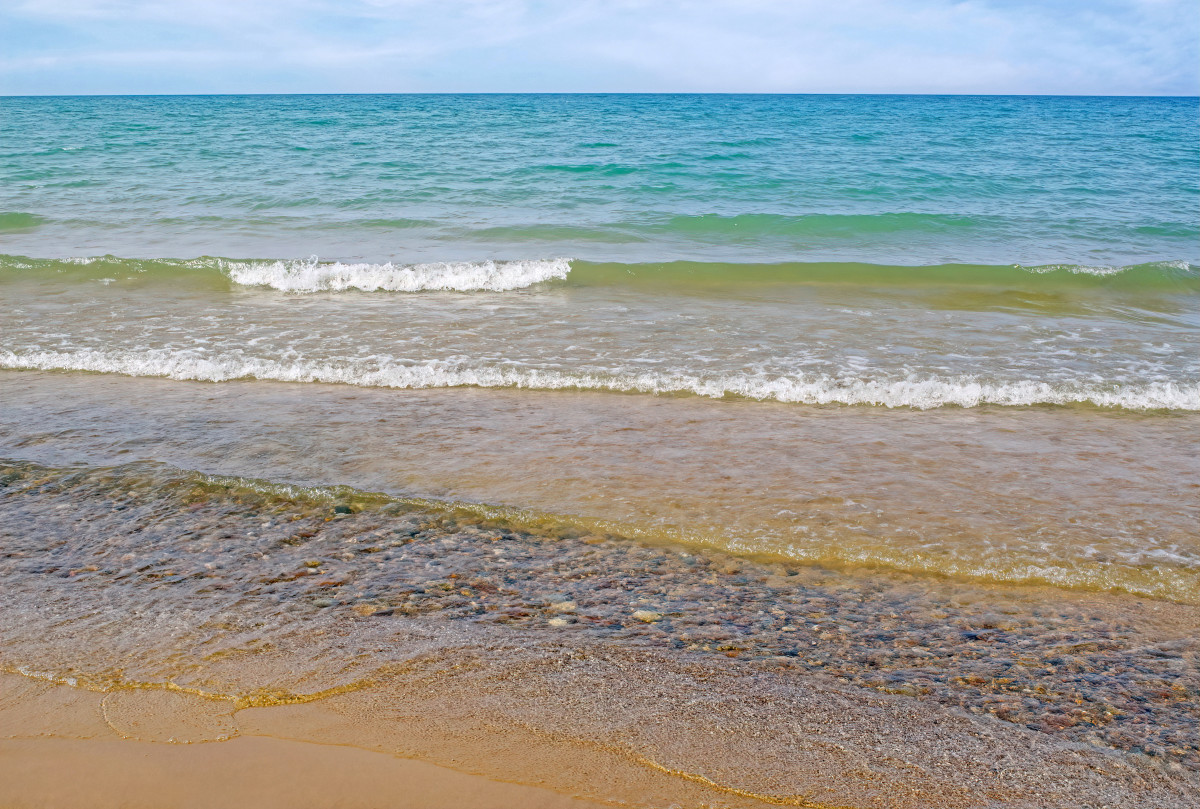Do You Want to see the Sun Rise and Set in the North?
It Really Happens!
I spent 6 years in Alaska when I was a kid and always wanted to go back. So in 2005 I spent the summer in Healy doing housekeeping. It was such an adventure (Alaska, not housekeeping). I will write about my adventures later, but one thing that startled me quite pleasantly was the really, really long days.
On June 21st everyone I worked with went to Dry Creek and had a party - Solstice party. I walked home at 1230am and could still see the colors on the flowers because the sun was still so close to the horizon. I then dragged myself out of bed at 4am to go to an early day of work and the sun was already up! I even did a double-take at it because I couldn't believe it. The sun had been down for literally less than four hours! And what amazed me even more is that it was rising almost directly north.
So I pondered on how this could be possible and I came up with the following explanation: due to the tilt of the earth the sun will still rise on the east side of north and set on the west side of north - so it still maintains the rise in the east, set in the west rule (sort of). Keep in mind this was on the longest day of the year. Imagine what would happen on the shortest day of the year. On December 21st, the sun will rise on the east side of south and set shortly thereafter on the west side of south.
The image below is kind of what it looks like.


When the Sun Won't Set at All
It's called the Arctic Circle. It is 23.5 degrees south of the north pole. Funny how that's also the tilt of the earth, eh? That's not a coincidence, it's geometry.
Anyway, the arctic circle is the latitude at which the sun won't set on the longest day of the year. The image above portrays this. It is also the latitude at which the sun won't rise at all on the shortest day of the year. You can see this in the sketches below. There are thousands of people that live north of the arctic circle, even hundreds of miles north. I've spent 6+ years just a few hundred miles from it and have never been across it. Damn it. If you've ever been to Barrow on the solstices, you'll notice that something isn't right about the days. Watch the movie Insomnia and you might understand a bit more.


Where Can You See the Whole Solar Plane?
I would say that on the arctic circle is the best place to see the entire solar plane at once. Problem is that if you could see the entire solar plane at once then the sun would be up and you wouldn't be able to see much else. I've got a logical argument saying that the arctic circle and its southern-hemisphere counterpart are the only places in the world that you can see the entire solar plane. Consider the images below. You can move the blue field up or down to signify how far north you are (and you have to adjust the up-down radius of the black circles to accommodate accordingly). Note that no matter what day of the year it is, at least once a day you can see the entire solar plane. The yellow circle wobbles around inside the two black circles and at one point every day lines up perfectly with the horizon line. Please see the image Arctic Sunset below.
But if you had superman vision and could see the stars through all the haze and atmospheric scatter and clouds, then you could theoretically see the whole solar plane at once. It should be once a day, with landmark times being midnight in the summer, noon in the winter, sunrise in March, and sunset in September. At least in the northern hemisphere. Most things are symmetrical with the southern hemisphere, as well as with the seasons and times of the day - for the most part.
You might be wondering what a more accurate representation of the sky would be? Keep in mind I'm trying to draw a hemisphere on a 2-dimensional screen, so it will be a bit of a pain in the ass to draw and even more of a pain in the ass to figure out. I will keep the cardinal directions out of the circle so it won't be so confusing.
Believe it or not, I used Excel's art system to generate the images, then pasted them into paint to save them as a JPG image. Very rusty job done - but accurate. So there are four circles in each picture that you need to keep in mind. Where the blue meets the green is my representation of the horizon. The yellow represents the solar plane. Note that the solar plane is part above and part below the horizon. The black circles represent the belt that is swept out by the apparent motion of the solar plane. The small black circle inside is the upper limit that the sun will get in the sky (summer). The large black circle outside is the lower limit that the sun will get in the sky (winter). The star in the center of the belt circles is Polaris. It is critical that you try to picture the solar plane revolving around the belt through the day in a continuous motion, and that even though the plane wobbles one a day, the sun revolves around the plane only once a year.
It might also be cool to note that in the summer, the sun rises north of east and sets north of west. This means that if you have south-facing windows and north-facing windows on your house, the sun will shine through all windows of your house throughout the day, sometimes twice.
Another thing to note is that for the two black lines and the yellow line, I've squished them down a bit. This is due to the angle that we are observing from (45 degrees in this case). I have tossed in a few images from various latitudes so you can see how the belt limits change representation.
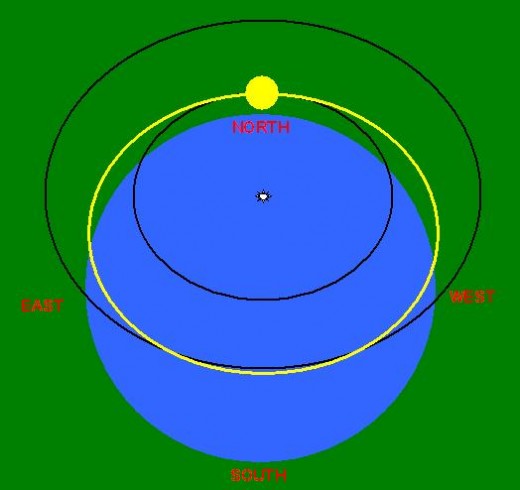
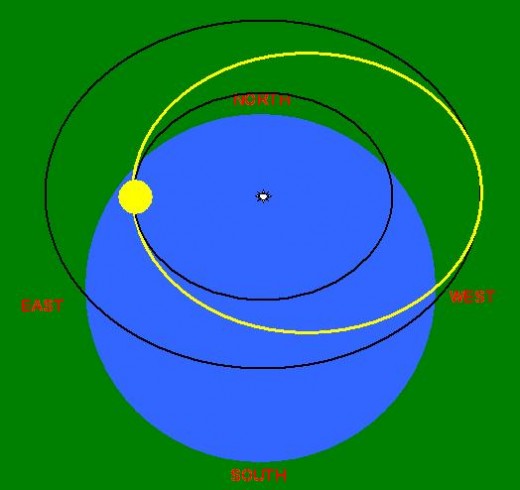
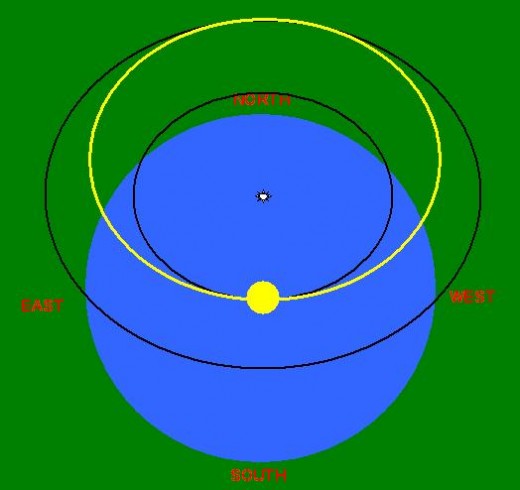
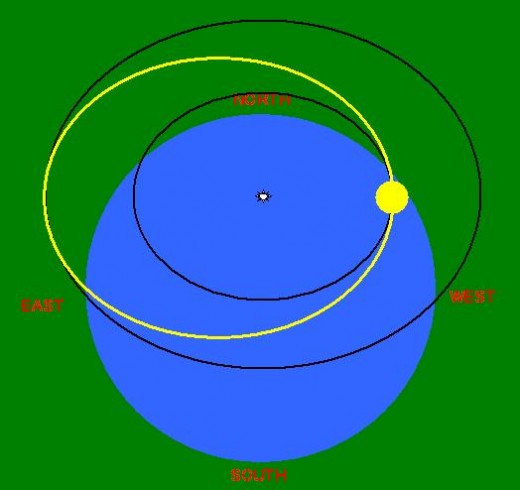
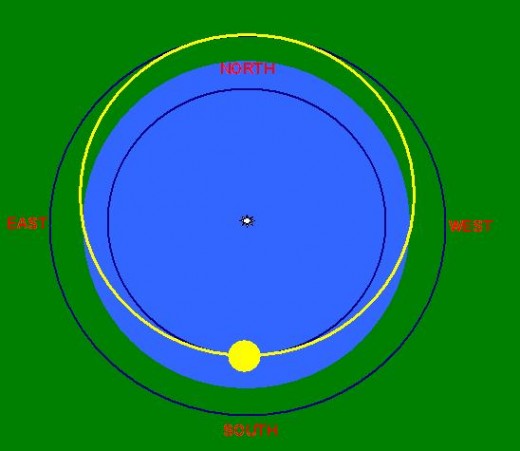
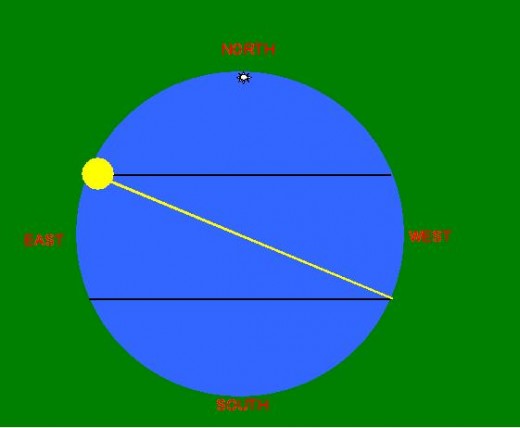
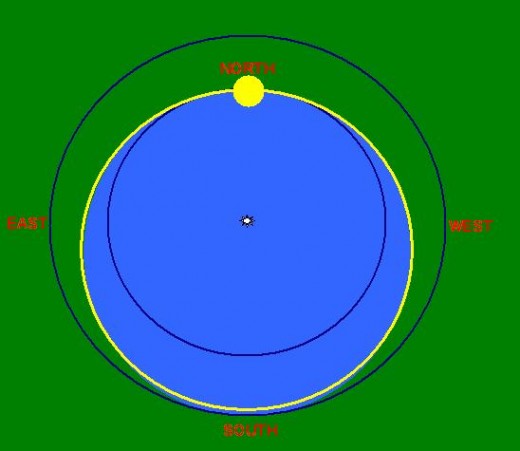
- Why Does the Solar Plane Sweep a Belt out of the Sky?
The image below shows a hyperbolic representation of the belt in the sky. Because the earth is tilted relative to the plane and is also rotating, the plane sweeps a belt across the sky. None of the planets or... - The Sky
Most scientists analyze the sky on a computer. Don't you want to just look at the sky and know? - How Space Objects Appear to Move Vs Actual Movement
Objects move differently than they appear. Read on to see how.

